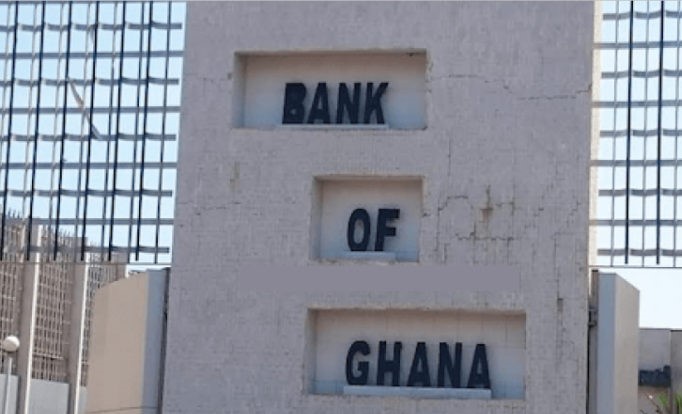The Government of Ghana’s recent 2-year bond issuance with its initial pricing guidance to be released tomorrow 16th February, 2021 may reinforce the country’s capital inflows and liquidity as witnessed last month.
This Ghana cedi denominated Treasury bond issuance also comes in at a time when the government is battling the second wave of the coronavirus pandemic, coupled with a strain on its budget and harsh economic implications for the country.
Listing of the bond is to be done on the Ghana Stock Exchange (GSE), in accordance with the Governing Law of Ghana for distribution to both Resident and Non-Resident Investors. Additionally, as previous issuances of similar bonds, this may offer an attractive, long-term interest rate alternative intended to maintain investor confidence.
Also, it’s intended to enable the country redeem maturing debts, support its financing requirements in the 2021 budget, while increasing diversification of investor base and funding sources to enhance the development of the Ghana financial markets.
In a statement, the Central Bank named five financial institutions including Absa, Databank, Fidelity, IC Securities, and Stanbic, that would be involved in the auction as active book-runners for the bond ensuring that transactions are executed as smoothly and efficiently as possible.
The issue price of the bond at the Initial Public Offering (IPO) is to be determined through a book building process, which involves inviting investors to submit bids for the number of shares and the price they would be willing to pay for them.
Furthermore, the bond is slated to mature by 2023 with a settlement/ Issue date effective Monday, February 22, and investors should also expect to receive a single payment of its principal upon maturity because a ‘bullet’ principal repayment method applies to the treasury issuance.
The Bank of Ghana, however, cautions that the 2-year bond carries more risk because it is unsecured by nature with a face value of “One Ghana Cedi with a minimum bid of GHS50 Thousand and multiples of GHS1 Thousand thereafter”.
The issuance methodology adopted requires that bids are accepted on a yield (percentage) basis and “all successful bids will clear at a single clearing level” and will be subject to “discretionary allocation at the single clearing level in event of over-subscription”.

A summary of procedures regarding the offer period including the pricing, book-build, and allocation methodology indicates that after the release of the Initial Pricing Guidance, a “Revised Pricing Guidance” will be made on Wednesday, February 17 at exactly 9:00 AM for carrying out the book-building process.
Subsequently, the Final Pricing and Allocation of the 2-year Treasury bond will follow suit on Thursday, February 18 and involves the release of a “Revised and Final Pricing Guidance” deemed necessary during the book-build.
The Bank of Ghana further alerts that the “books are expected to close around 3:00 PM on Thursday,” so all bids are to be received before the set time because the offer price of the bond is going to be determined after the closing date.
Although, inflationary pressures have gone down marginally which is likely to boost investor sentiment on the financial markets to bolster capital inflows and enhance the country’s liquidity position, volatility continues to remain in the near term due to concerns of the new strain of the coronavirus pandemic and other fiscal challenges in the Ghanaian economy.




















